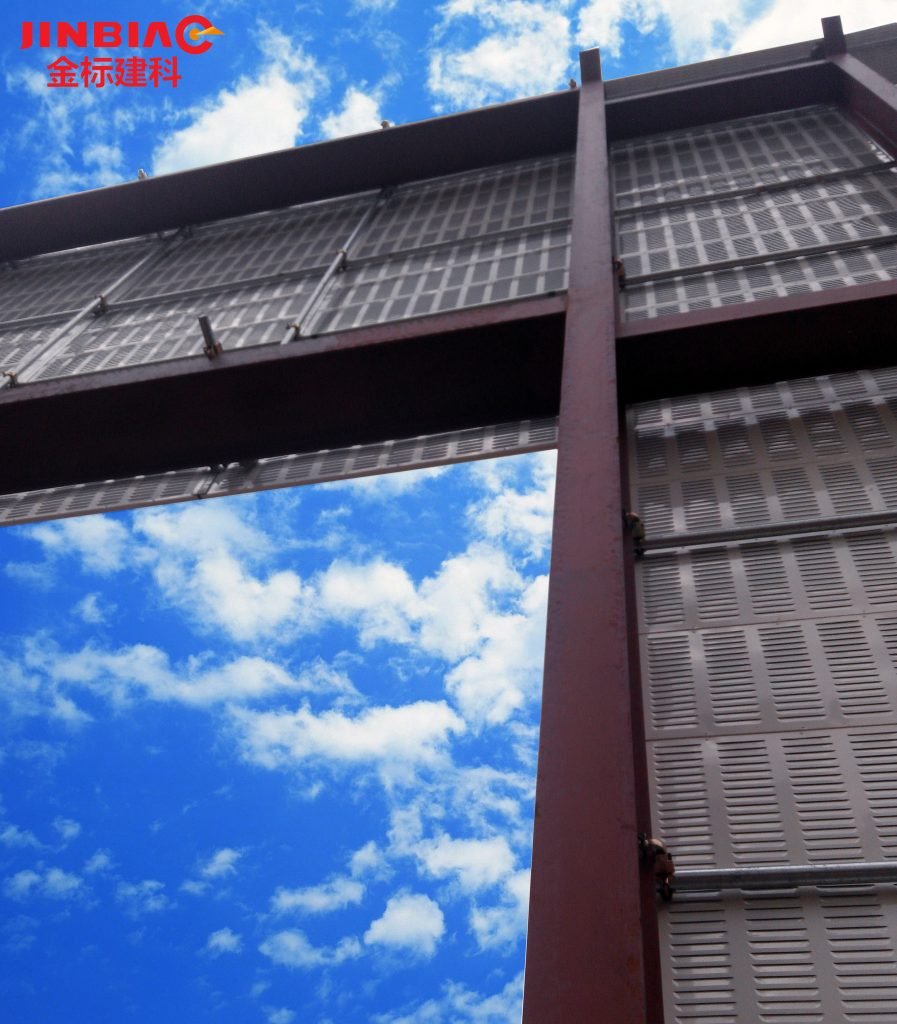
Acoustic walls are becoming a high-demand installation in commercial, industrial, and even residential structures. These sheets are used to mitigate the quality of sound in a designated space. It can be installed either indoors or outdoors, depending on how they are intended to be used.
Sometimes referred to as sound panels, acoustic walls were developed to address concerns about noise and other types of unwanted sounds. These include highway traffic noise, or reverberation coming from different sources that penetrate your property. Since these sounds can be very loud and annoying, they help reduce their effects and make the space more comfortable to the ears.
Acoustic walls usually have three essential features. They can diffuse, reflect, or absorb soundwaves especially when installed properly. Some of them may come with only one feature based on their structure, while there are also the types that possess all three.
- Absorption feature – this feature makes acoustic walls capable of absorbing sound. Rather than allowing soundwaves to pass through a wall or barrier, this feature in acoustic panels captures the sound energy and significantly reduces the volume of sound.
- Diffusion feature – another feature of acoustic walls, diffusion does not absorb the soundwaves but instead scatter them evenly across the room without diminishing the sound energy. Diffusers are common in concert halls because in these places, sound needs to be heard and enjoyed by audiences evenly.
- Reflection feature – acoustic walls are also made to reflect sound. They shield a surface from soundwaves that attempt to pass through them, and make the latter bounce back within the free space.
It is common to see a mix of absorbers and diffusers in the same room together, especially when the room is intended for sound utilisation activities. These include concerts, recording sessions, and speaking engagements.
How to choose an acoustic wall
When selecting an acoustic wall for your property, you may want to check out the following factors first:
- type of acoustic wall
- material used for the product
- durability of the product
- cost
- noise reduction coefficient
Sound walls have a noise reduction coefficient or NRC. This is a rating of how much soundwaves the acoustic wall can absorb. Ranging between 0 and 1, 0 means full reflection or zero absorptive capacity, and 1 being capable of full absorption.
Different kinds of acoustic walls
Below are some of the acoustic walls that you can find in the market today:
- Plasterboard – these panels are designed with full round perforations. They are commonly used on high traffic area theatres, ceilings, auditoriums and other indoor spaces where acoustic activities are commonly held.
- Metal panels – metal acoustic panels are also perforated and are inserted in acoustic sound absorbers. They are used on walls and ceilings inside spaces where different noises mingle, such as gymnasiums, concert halls, airports, and industrial plants.
- Aluminium composite panels – these panels are made of different materials, such as aluminium mesh, acoustic fleece, and aluminium honeycomb. These can be customised depending on how it will be used in the space. They are often large in size, making them perfect for wide indoor spaces.
There are a lot of different types of acoustic walls, which are different in properties, features, durability and other aspects. Having knowledge about these will help the clients to compare between them easier. However, consultation with professionals is necessary to avoid the risk of purchasing the wrong type. Moreover, the professional company will also provide installation service with reasonable price and maintenance after purchasing.
Hebei Jinbiao is a leading company in Noise Control products in Singapore. We guarantee to provide you with the most high-quality Noise Control products and reliable assistance. Do not hesitate to contact us. We are looking forward to helping you solve your noise issues and protect you from noise pollution.
